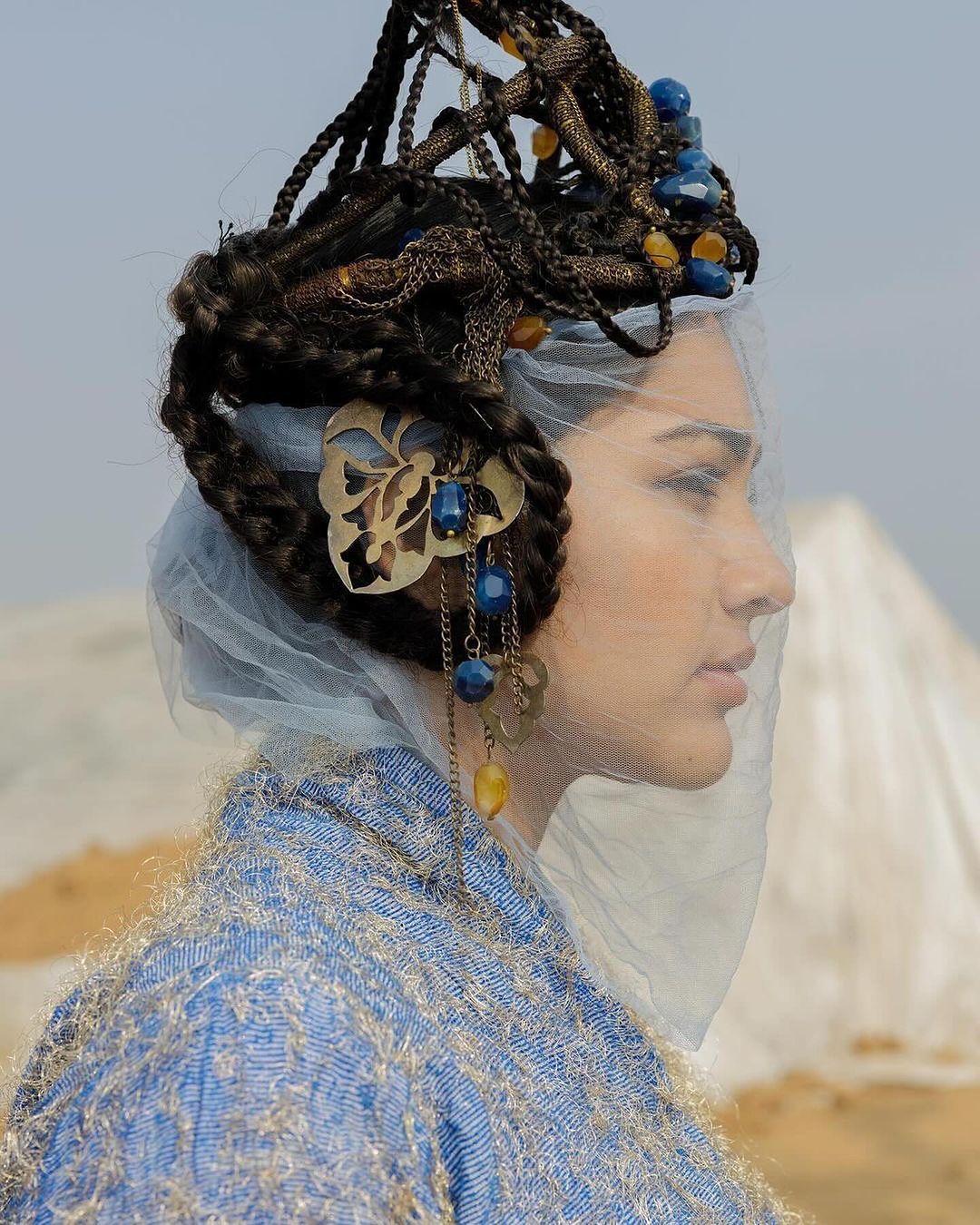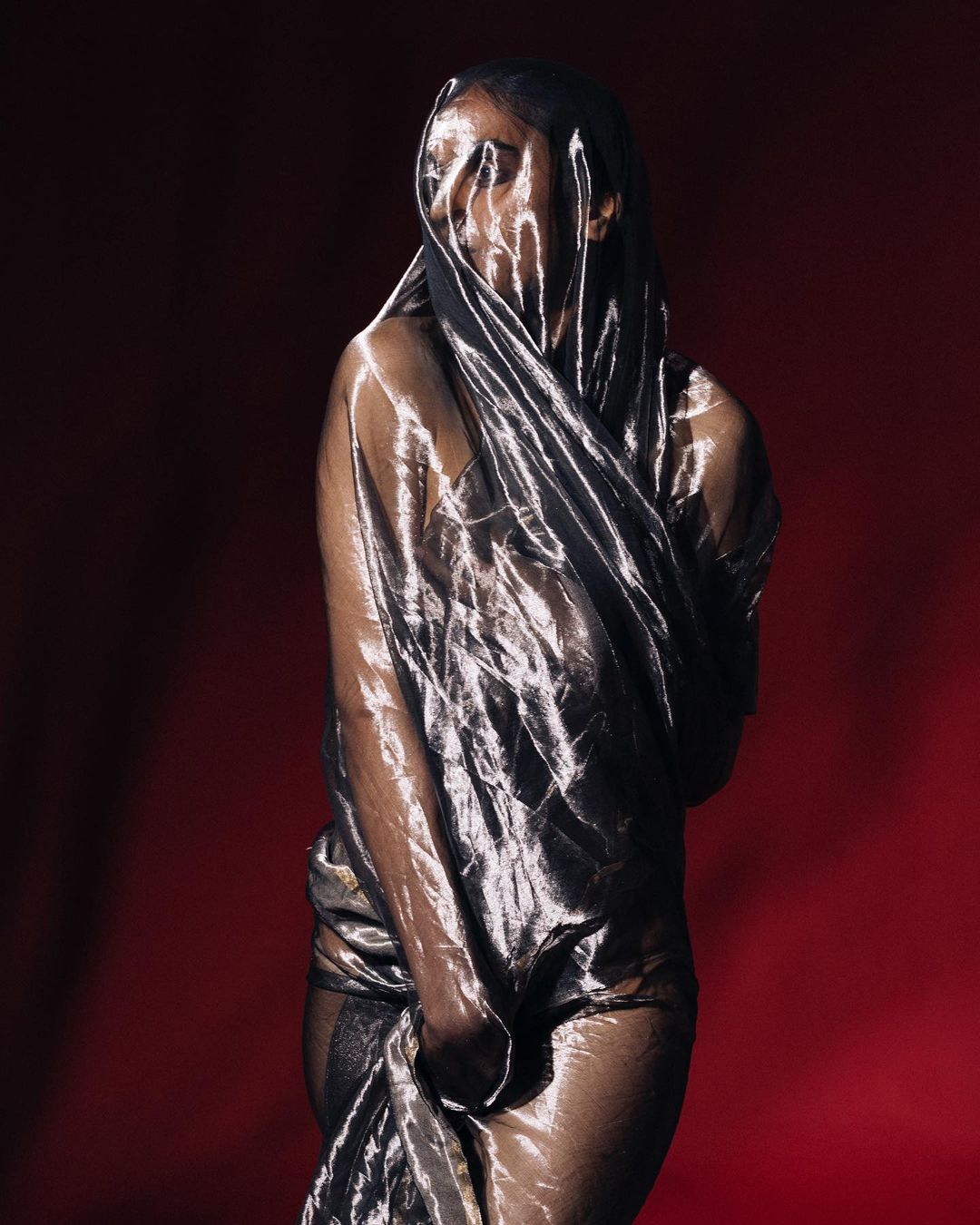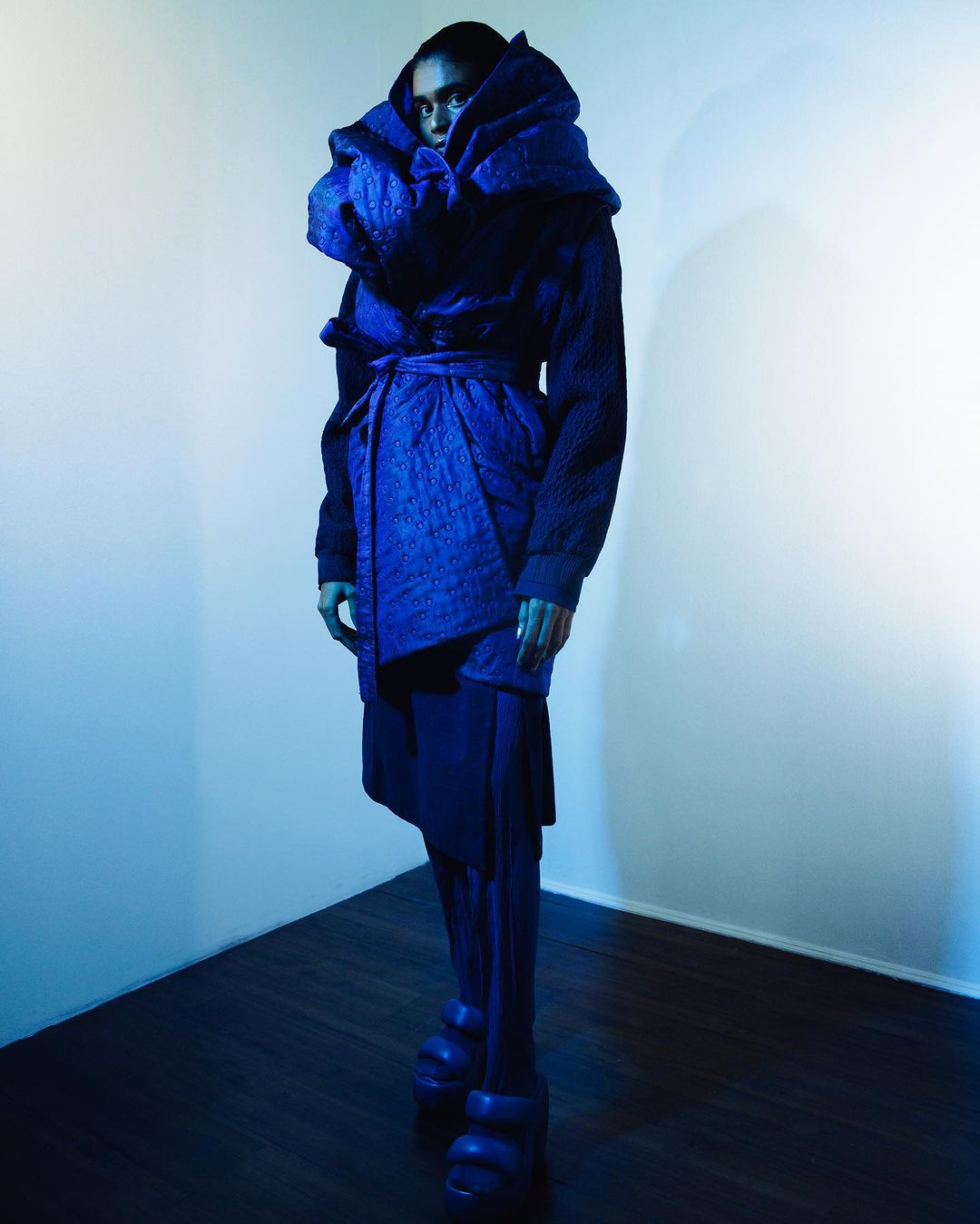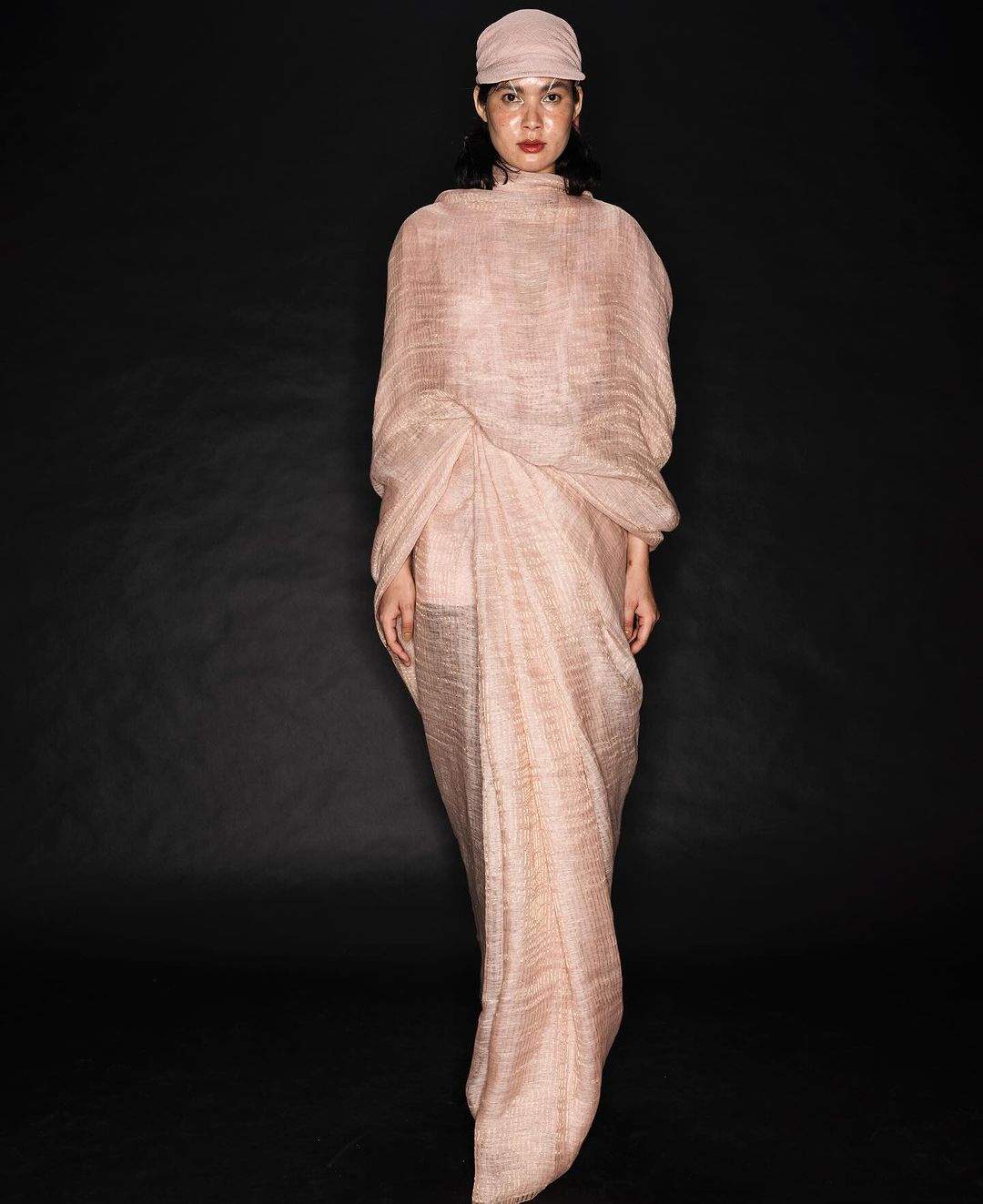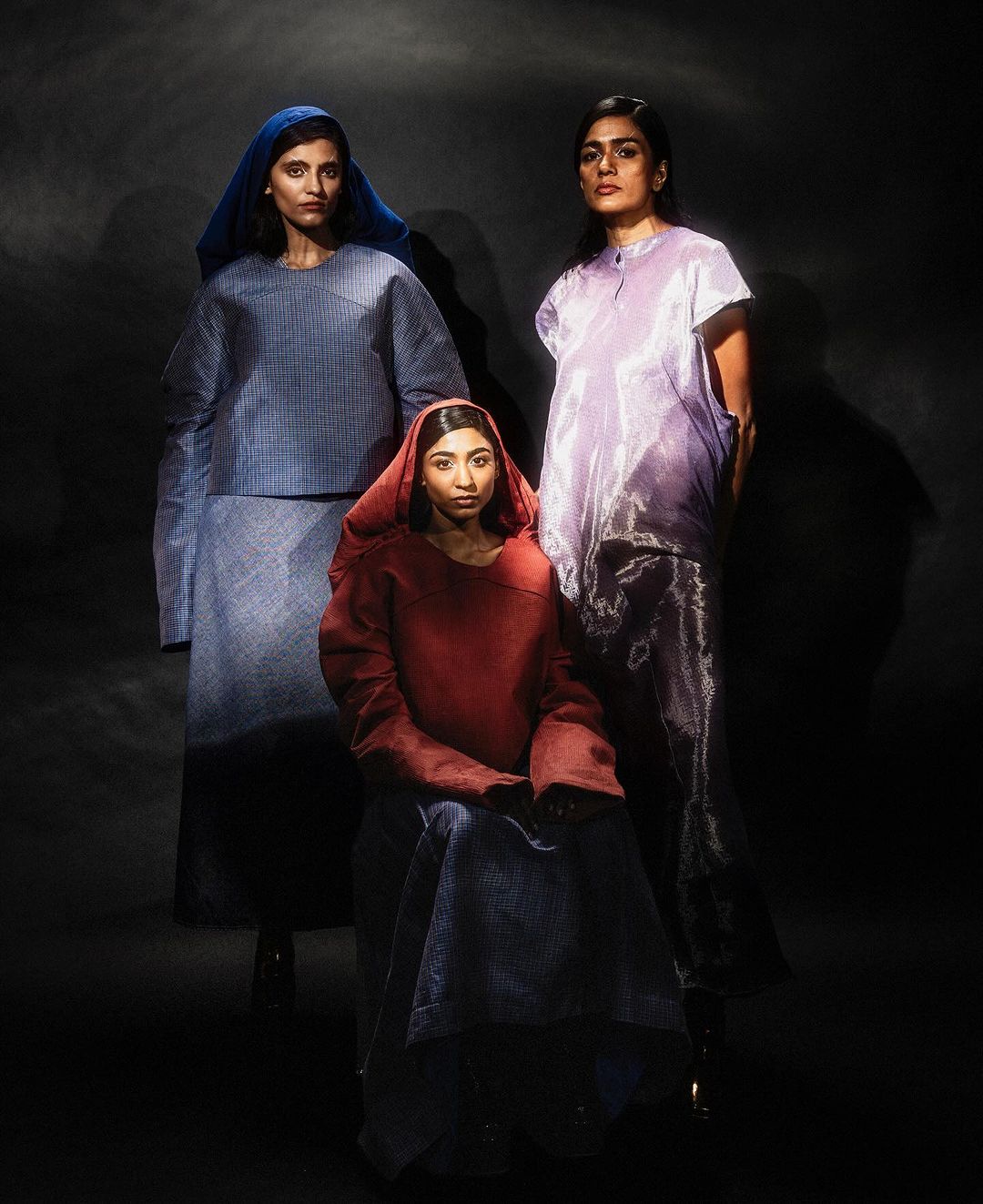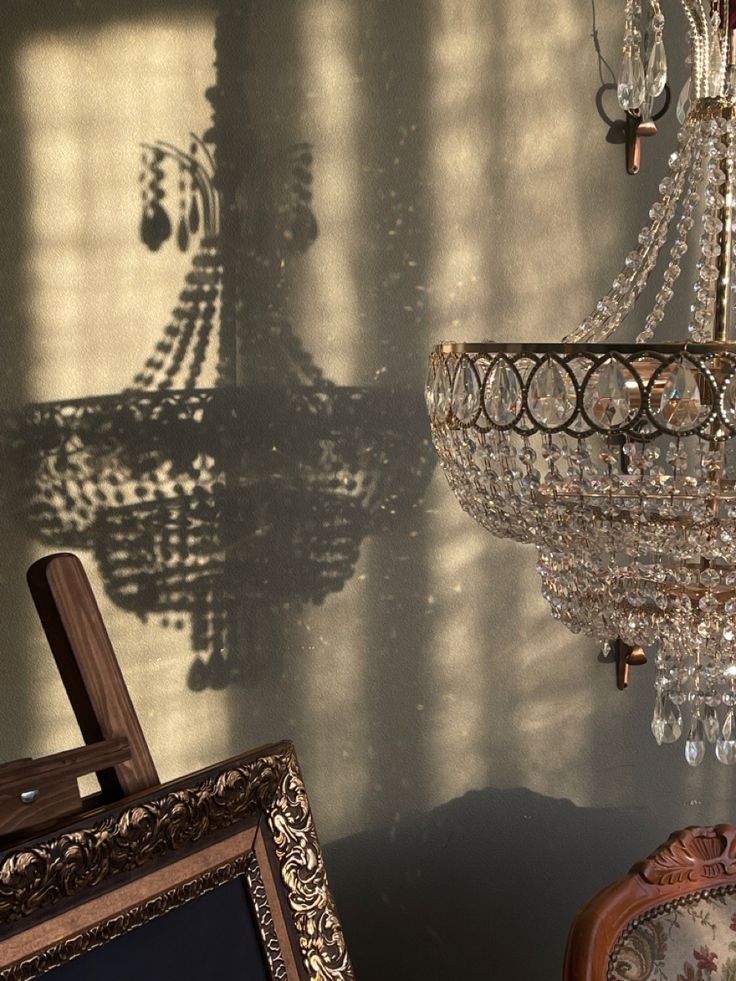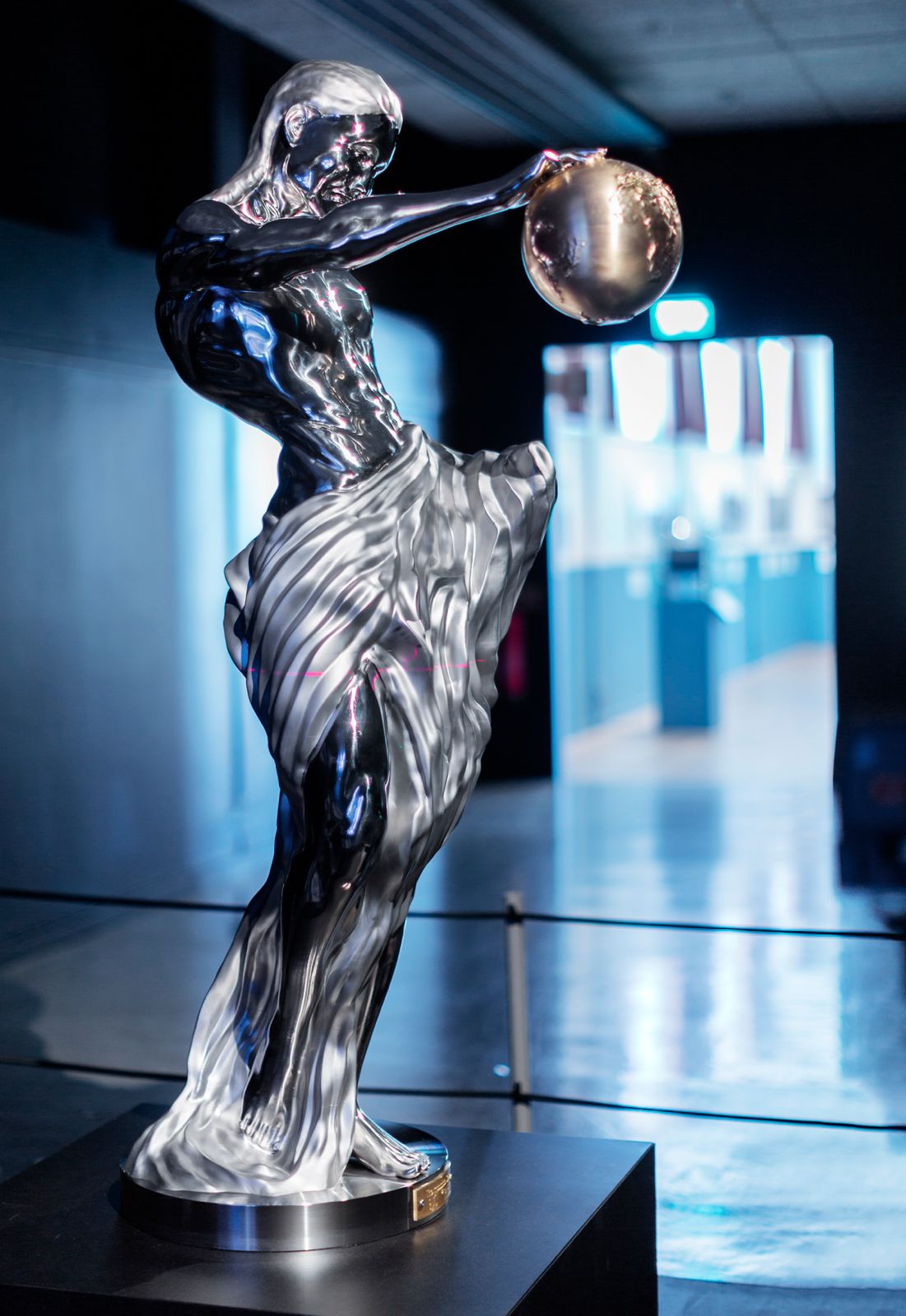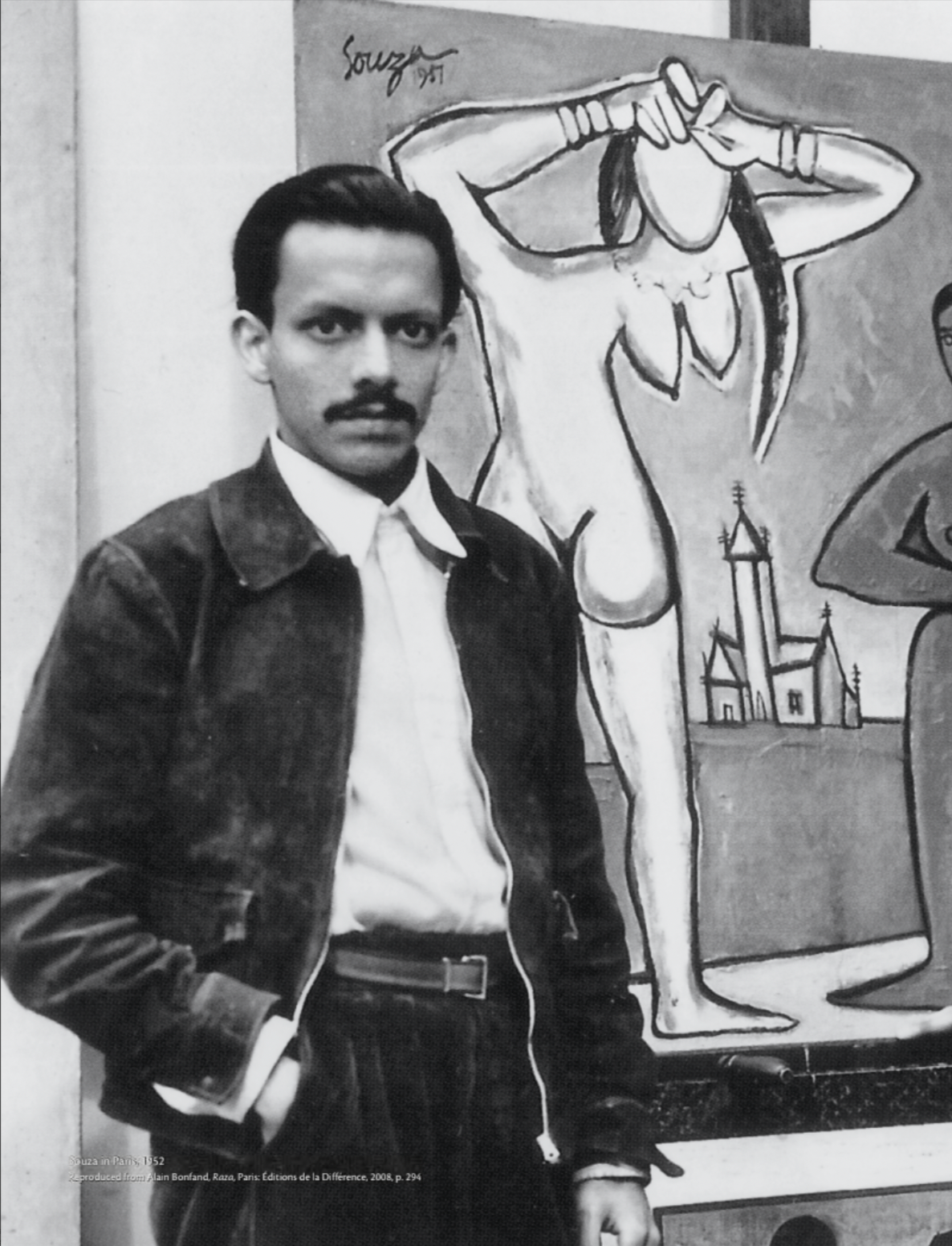In the rut of new fashion labels erupting each day, there are very few designers and brands which stand out. In our endeavour to seek out homegrown names which are truly putting India on the global map with their innovative approach to textile and design, Akaaro by Gaurav J Gupta comes to mind.
[Profile] Gaurav Jai Gupta, founder, Akaaro
Gupta’s design career is embellished with collaborations with Jimmy Choo, Duro Owlu London and Heimstone Paris. Akaaro found light in 2010 when the designer debuted as the “find of the week” during Wills Lifestyle Fashion Week. In 2014, he became the first Indian designer to be commissioned by The Woolmark Company for a collection for Raymonds in India. Interestingly, his works also sit in the research archives of the Victoria & Albert Museum in London.
(L-R) Akaaro’s signature handwoven liquid molten silver saree; handwoven indigo quilted silk Jamdani sculpted chaadar from ‘The Sky is Mine’ collection
I caught up with the designer himself to dig deeper into his approach and process, and decipher if Akaaro really does meet the criteria of experimental, homegrown design.
Akaaro is inventive, to say the least, and stands out with their infusion of metallic material with traditional craft. While the medium of his works makes for a fundamental aspect of his collections, he tells me about how handloom serves as the North Star of Akaaro.
“We use age-old techniques in terms of handloom. Weaving and yarn dyeing is employed. By creating modern silhouettes with these traditional techniques, we keep the craftsmanship relevant and appealing to younger audiences while preserving its roots. This balance is crucial to our work and is something we continually strive to perfect,” he says.
Fabric and handloom shine as the protagonists in the Akaaro chronicle. The use of ultramarine hues, stainless steel silk and merino wool are common-place in the brand’s collections. Akaaro’s handloom is sourced from various parts of the country and boasts unique techniques and styles. For instance, Jacquard (used for weaving silk, which dates back to 19th century Lanarkshire) and Dobby pit looms (characterised by geometric prints with origins in 1890) are used frequently. “The process involves intricate hand-weaving and dyeing, which distinguishes our textiles from mainstream, mass-produced fabrics. We are very process led and we don’t take shortcuts. Emphasis is to do something different, something fresh,” he adds.
A manual jacquard loom, used extensively by Akaaro.
So, what does it really mean to be different?
Blending handlooms with modern silhouettes, my curiosity was drawn towards the term “engineered saris” which seemed to be found quite often in Akaaro’s messaging. Breaking this down, Gupta explains that this idea was sparked in his mind when he aimed to make a collection from waste yarn. A palette reminiscent of Wes Anderson — who frequently borrows from India for his aesthetic — became the focal point for these saris which formed the crux of his Moonrise collection. This collection draws its inspiration from the ethereal and ephemeral beauty of the lunar, and how its perception can sometimes be an illusion too. He says, “This collection exemplifies our ability to blend natural inspirations with high fashion, creating garments that are both serene and striking. Moonrise is a testament to how nature can inspire beautiful and timeless fashion.”
By working closely with artisans, the brand aims to preserve and celebrate their lesser-known skills. This approach endeavours to maintain the relevancy of these crafts, ensuring they’re not lost in the passage of time. “By making traditional crafts aspirational and incorporating them into contemporary design, we sustain their cultural significance and keep them alive,” he explains.
Akaaro’s ‘Moonsrise’ collection
Authenticity is elusive in fashion today. With Akaaro, a conscious effort of nurturing its alternative aesthetic and process-driven creativity, whilst keeping the art of materiality at its forefront, the ethos of the brand emerges. An ethos that strives to be different not just for being different’s sake but presenting original sensibilities of craft which are unique, innovative yet steeped in tradition: a true representation of Indian design; circa 2024.
Whether it’s Jaamdani silk dresses in silver or Kanjeevaram saris in metallic hues, Akaaro’s collections are conspicuous; especially in a world of overdone embroidered Indian apparel. It’s a breath of fresh air when a designer uses textile and process to put Indian craftsmanship on the international radar. With the usage of unusual colour palettes for Indian outfits like greys and blues, Akaaro establishes its uniqueness, quite organically, whilst upkeep the sanctity of Indian heritage. Akaaro by Gaurav J Gupta emerges as the true beacon of Indian fashion’s new era.
“The cause and effect of this practice are evident in the sustained interest and engagement with cultural heritage. It ensures that these crafts do not become obsolete in the face of modern industrialisation but rather evolve and thrive within it.”
Words by Akanksha Maker.
Image courtesy Akaaro.
